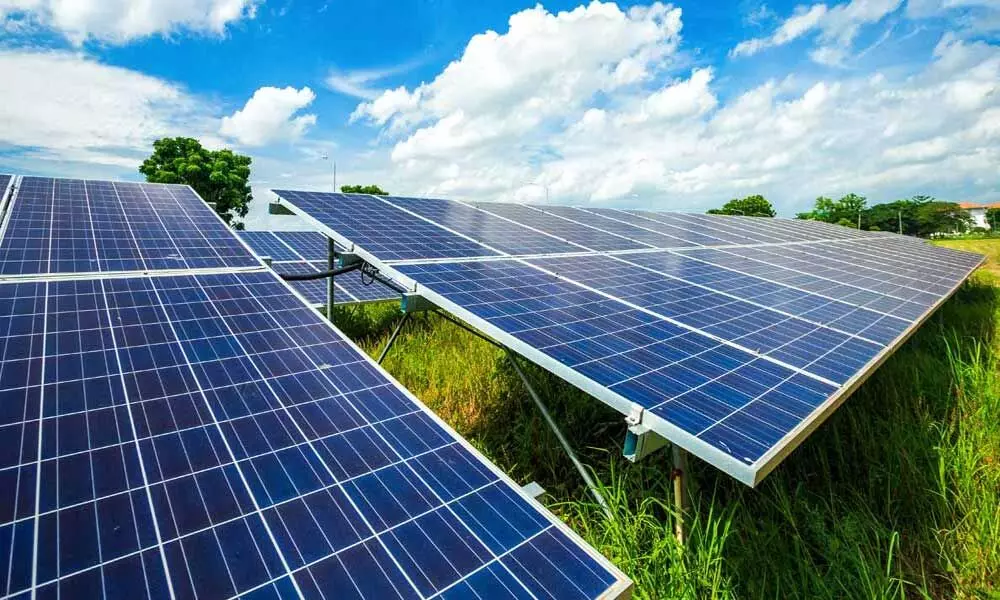Use of RTSPV technology to fulfill up to 49% global electricity demand by 2050
It’s sunny side up, for sure. India added 521 mega watts (MW) of rooftop solar in the second quarter (Q2) of the calendar year (CY) 2021, up 53 per cent quarter-over-quarter (qoq) from 341 MW installed in Q1 2021.
image for illustrative purpose

It's sunny side up, for sure. India added 521 mega watts (MW) of rooftop solar in the second quarter (Q2) of the calendar year (CY) 2021, up 53 per cent quarter-over-quarter (qoq) from 341 MW installed in Q1 2021. In 1H 2021, 862 MW of rooftop solar capacity was added, a 210 per cent increase compared to the same period of last year. Installations in H1 already surpassed the total rooftop solar capacity installed in all of 2020 (719 MW) when the market was severely affected by Covid-19 lockdowns.
This almost coincided with a global study that has found India to be the most cost-effective country for generating rooftop solar energy at $66 per MW-hour, while the cost in China is marginally higher at $68 per megawatt-hour. Thanks to the lower cost, rooftop solar photo voltaic (RTSPV) technology, such as roof-mounted solar panels used in homes, and commercial and industrial buildings, is currently the fastest deployable energy generation technology. That's not all.
According to the same global study, India has a significant solar rooftop potential of 1.7 peta watt-hour per year. This is against the country's current electricity demand of 1.3 peta watt-hour per annum. When it comes to Indian solar market, at the end of Q2 2021, cumulative rooftop solar installations in India have already reached 6.1 giga watts (GW).
Significantly, the RTSPV technology being the fastest deployable energy generation technology, the use of this technology is expected and projected to fulfill up to 49 per cent of the global electricity demand by 2050. Over the past decade, the massive drop in deployment cost coupled with policy-driven initiatives has led to a rapid uptake of RTSPV globally. Between 2006 and 2018, the installed capacity of the RTSPV has grown from 2.5 GW to 213 GW.
All these facts and figures will have to be seen in light of the fact that total corporate funding (including venture capital funding, public market, and debt financing) in Indian solar sector increased 190 per cent in 9M 2021, with $22.8 billion in 112 deals compared to $7.9 billion in 72 deals in 9M 2020. Financing activity was up across the board, including venture capital, debt, and public market financing.
With investment activity continuing to be robust across the solar sector and not just compared to 2020 (because of Covid). But overall, the current year may end up as one of the best years for solar financing since 2010. Sector analysts are of the view that as the push toward the energy transition picks up speed worldwide, solar – one of the mature renewable energy resources – is benefitting enormously. The solar project acquisitions in the first nine months of 2021 have already surpassed all of 2020. Another interesting fact is that in Q2 2021, the majority of the rooftop solar installations were in Gujarat, accounting for about 55 per cent of installed capacity this quarter. Maharashtra and Haryana rounded off the top three States for rooftop solar in Q2 2021. Experts think, the more it gets spread across the country, the better.

